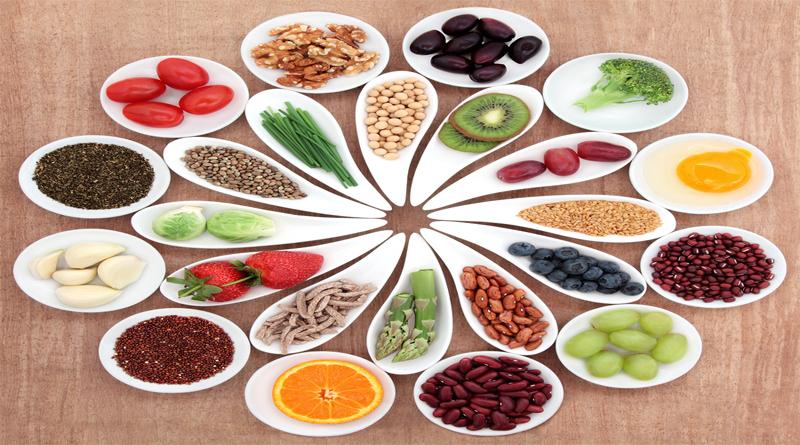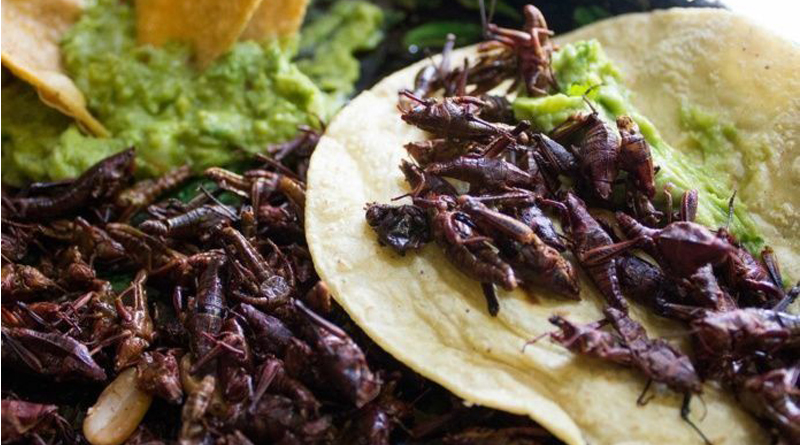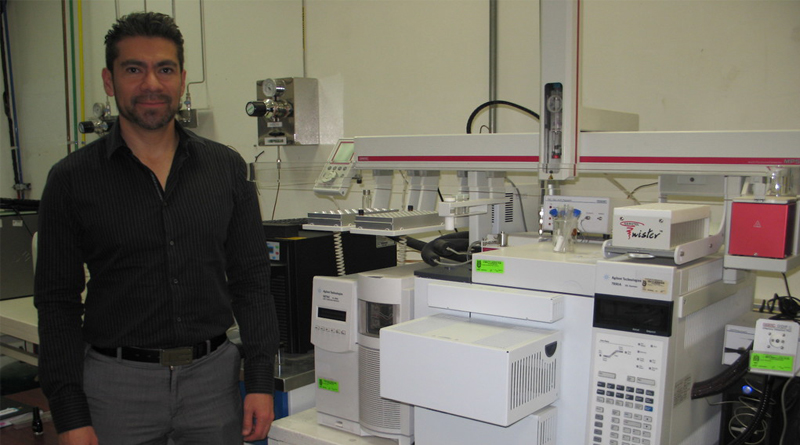Drinking coffee is “more likely to benefit health than to harm it” for a range of health outcomes, according to researchers in The BMJ today. The researchers’ findings only enhance a good period for coffee products, as Innova Market Insights’ top trends for 2018 note that coffee is clearly trending, especially among Millennial and Generation Z consumers.
Three to four cups could lower death risk
The research published in The BMJ brought together evidence from over 200 studies and found that drinking three to four cups of coffee a day is associated with a lower risk of death and getting heart disease compared with drinking no coffee. Coffee drinking is also associated with lower risk of some cancers, diabetes, liver disease and dementia.
However, the researchers urge some caution by saying drinking coffee during pregnancy may be associated with harm, and also note danger for women who have a higher risk of suffering fractures.
The studies included used mainly observational data, providing lower-quality evidence, so no firm conclusions can be drawn about cause and effect, but their findings back up other recent reviews and studies of coffee intake. As such, the researchers say that excluding pregnancy and women at risk of fracture, “coffee drinking appears safe within usual patterns of consumption” and they suggest that coffee could be safely tested in randomized trials.
To better understand the effects of coffee consumption on health, the team, led by Dr Robin Poole, Specialist Registrar in Public Health at the University of Southampton, with collaborators from the University of Edinburgh, carried out an umbrella review of 201 studies that had aggregated data from observational research and 17 studies that had aggregated data from clinical trials across all countries and all settings.
Drinking coffee was consistently associated with a lower risk of death from all causes and from heart disease, with the largest reduction in relative risk of death at three cups a day, compared with non-coffee drinkers. Increasing consumption to above three cups a day was not associated with harm, but the beneficial effect was less pronounced.
Coffee was also associated with a lower risk of several cancers, including prostate, endometrial, skin and liver cancer, as well as Type 2 diabetes, gallstones and gout. The greatest benefit was seen for liver conditions such as cirrhosis of the liver. Finally, there seemed to be beneficial associations between coffee consumption and Parkinson’s disease, depression and Alzheimer’s disease.
Many of the included studies may have adjusted for factors that may be associated with both the health outcome and with coffee drinking, such as smoking. This was not comprehensive and varied from study to study. The authors note that they can therefore not rule out the effect of such factors on the apparent harmful or beneficial associations. They also call for robust randomized controlled trials “to understand whether the key observed associations are causal.”
In an accompanying editorial, Eliseo Guallar at the Johns Hopkins Bloomberg School of Public Health says that although coffee intake is generally safe, doctors should not recommend drinking coffee to prevent disease, and people should not start drinking coffee for health reasons.
However, “moderate coffee consumption seems remarkably safe, and it can be incorporated as part of a healthy diet by most of the adult population,” he concludes.
Coffee gets stronger from Third Wave to new applications
The review’s positive findings come as the tea and coffee sector appears to be undergoing somewhat of a renaissance, with several major acquisitions taking place in 2017 among key manufacturers. The Innova Market Insights report on 2018’s top trends notes that the focus appears to be on upscaling premium coffees and teas – known as Third Wave coffee – and exploiting the growing market for cold-brewed coffee.
Third Wave coffee is described as “the current movement within specialty coffee that appreciates coffee as an artisan or craft beverage. Coffee, in all of its processes, from the origin of the harvested bean to the roasting and brewing process, is treated with the same reverence as fine wine and craft beer,” according to the report.
An example of the upscaling trend is Nestlé recently expanding its high-end coffee business by acquiring Blue Bottle Coffee, a specialty coffee roaster and retailer based in Oakland, California, with a network of 40 store locations in major US cities and Tokyo. Nestlé Chief Executive Mark Schneider was quoted as saying: “This move underlines Nestlé’s focus on investing in high-growth categories and acting on consumer trends.”
Cold-brewed coffee is the other big trend in the space. Cold-brewed coffee is just that: coffee brewed without heat. The result is a beverage with reduced bitterness and a smoother flavor.
A key driver in coffee’s renaissance is a robust increase in past-day coffee drinking among younger consumers, Wyers says. While the frequency of daily consumption continued to grow among all age groups, the most robust increase in 2017 occurred among those aged 13 to 18, whose daily consumption rose to 37 percent in 2017 from 31 percent in 2016, capping a 14-point increase over 2014’s 23 percent. This is according to the National Coffee Association’s (NCA) 2017 National Coffee Drinking Trends (NCDT) consumption tracking report.
Meanwhile, the 25 to 39-year-olds increased from 60 percent to 63 percent, and the 18 to 24 cohort edged up to 50 percent from 2016’s 48 percent.
Tapping into the taste and experiential associations of coffee, its application as an ingredients and flavor is also popping up everywhere. For example, Innova Market Insights has reported a +20 percent CAGR in food & beverage launches featuring tea as a flavor (2012-2016, global), excluding hot drinks, iced coffee (for coffee) and iced tea (for tea). Recent innovations that go in line with this trend include Twix & Coffee, Coffee Nut M&M’s and Dunkin’ Donuts Mocha Oreo.
Source: Food Ingredients First








